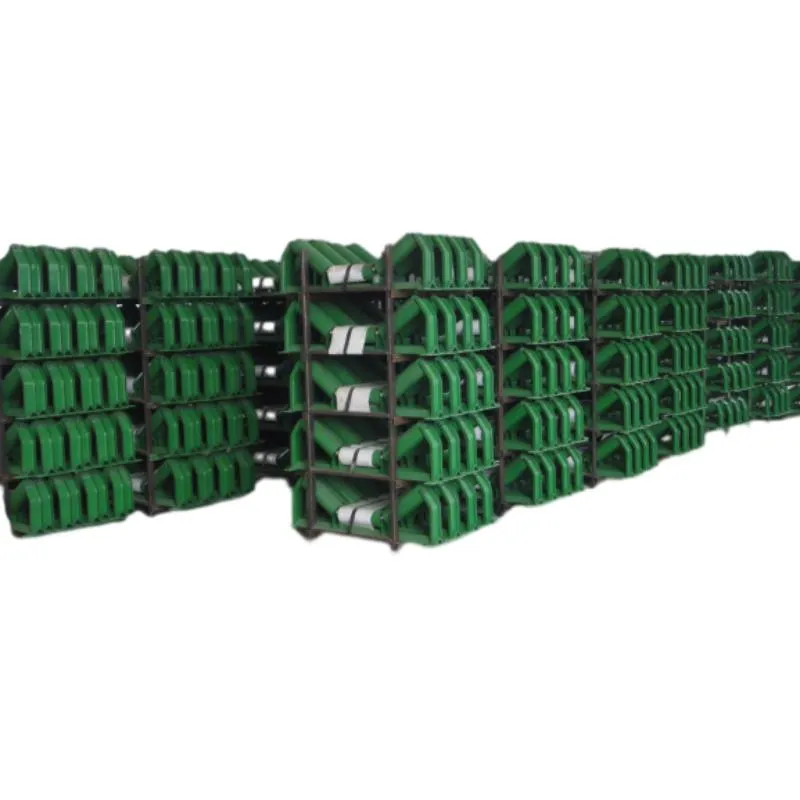 Afrikaans
Afrikaans  Albanian
Albanian  Amharic
Amharic  Arabic
Arabic  Armenian
Armenian  Azerbaijani
Azerbaijani  Basque
Basque  Belarusian
Belarusian  Bengali
Bengali  Bosnian
Bosnian  Bulgarian
Bulgarian  Catalan
Catalan  Cebuano
Cebuano  Corsican
Corsican  Croatian
Croatian  Czech
Czech  Danish
Danish  Dutch
Dutch  English
English  Esperanto
Esperanto  Estonian
Estonian  Finnish
Finnish  French
French  Frisian
Frisian  Galician
Galician  Georgian
Georgian  German
German  Greek
Greek  Gujarati
Gujarati  Haitian Creole
Haitian Creole  hausa
hausa  hawaiian
hawaiian  Hebrew
Hebrew  Hindi
Hindi  Miao
Miao  Hungarian
Hungarian  Icelandic
Icelandic  igbo
igbo  Indonesian
Indonesian  irish
irish  Italian
Italian  Japanese
Japanese  Javanese
Javanese  Kannada
Kannada  kazakh
kazakh  Khmer
Khmer  Rwandese
Rwandese  Korean
Korean  Kurdish
Kurdish  Kyrgyz
Kyrgyz  Lao
Lao  Latin
Latin  Latvian
Latvian  Lithuanian
Lithuanian  Luxembourgish
Luxembourgish  Macedonian
Macedonian  Malgashi
Malgashi  Malay
Malay  Malayalam
Malayalam  Maltese
Maltese  Maori
Maori  Marathi
Marathi  Mongolian
Mongolian  Myanmar
Myanmar  Nepali
Nepali  Norwegian
Norwegian  Norwegian
Norwegian  Occitan
Occitan  Pashto
Pashto  Persian
Persian  Polish
Polish  Portuguese
Portuguese  Punjabi
Punjabi  Romanian
Romanian  Russian
Russian  Samoan
Samoan  Scottish Gaelic
Scottish Gaelic  Serbian
Serbian  Sesotho
Sesotho  Shona
Shona  Sindhi
Sindhi  Sinhala
Sinhala  Slovak
Slovak  Slovenian
Slovenian  Somali
Somali  Spanish
Spanish  Sundanese
Sundanese  Swahili
Swahili  Swedish
Swedish  Tagalog
Tagalog  Tajik
Tajik  Tamil
Tamil  Tatar
Tatar  Telugu
Telugu  Thai
Thai  Turkish
Turkish  Turkmen
Turkmen  Ukrainian
Ukrainian  Urdu
Urdu  Uighur
Uighur  Uzbek
Uzbek  Vietnamese
Vietnamese  Welsh
Welsh  Bantu
Bantu  Yiddish
Yiddish  Yoruba
Yoruba  Zulu
Zulu Pulley Systems for Conveyor Belts Efficiency and Performance Optimization
Understanding Conveyor Belt Pulleys Essential Components in Material Handling
Conveyor belt systems are pivotal in many industries, facilitating the efficient movement of materials over varying distances. At the heart of these systems lies the conveyor belt pulley, a critical component that plays a significant role in the overall functionality and effectiveness of material handling processes.
What is a Conveyor Belt Pulley?
A conveyor belt pulley is a mechanical device that serves as a drum or wheel around which a conveyor belt wraps. Pulleys are strategically placed throughout the conveyor system to guide and support the movement of the belt. They come in various sizes and types, each serving specific functions based on the application.
There are primarily two types of pulleys drive pulleys and return pulleys. The drive pulley, often referred to as the head pulley, is connected to the motor and is responsible for driving the belt forward. In contrast, the return pulley, or tail pulley, supports the belt as it returns to the starting point, ensuring a continuous loop is maintained.
Functions of Conveyor Belt Pulleys
1. Power Transmission The primary function of the drive pulley is to transmit power from the motor to the belt. As the motor rotates the drive pulley, the conveyor belt moves, allowing for the transportation of materials. The efficiency of this power transfer is crucial for the system's overall performance.
2. Belt Tensioning Pulleys help maintain the tension of the conveyor belt, preventing slippage and ensuring optimal performance. Proper tensioning minimizes wear and tear on the belt, allowing for a longer service life.
3. Belt Alignment Pulleys assist in keeping the belt properly aligned throughout the system. Misalignment can lead to uneven wear, increased friction, and possible damage to both the belt and the entire conveyor system. Properly positioned pulleys help mitigate these risks.
conveyor belt pulley

4. Material Handling Pulleys can be designed to accommodate various materials and weights, making them versatile for different industries. Heavy-duty pulleys are essential for transporting bulk materials, while smaller pulleys can be used for lighter loads.
Materials and Design
Conveyor belt pulleys are constructed from a range of materials, including steel, aluminum, and plastic, depending on the specific application and environmental conditions. Steel pulleys are favored for their strength and durability, while plastic options may be used in industries where corrosion or weight is a concern.
The design of pulleys also varies, with options such as crowned, flat, or grooved surfaces. Crowned pulleys help with belt tracking, ensuring that the belt remains centered and does not drift, while grooved pulleys can assist in holding the belt more securely.
Maintenance Considerations
Regular maintenance of conveyor belt pulleys is vital for ensuring optimal performance and longevity. This includes checking for signs of wear, ensuring proper alignment, and maintaining adequate tension. Lubrication of bearings and regular inspection for rust or damage can prevent unexpected breakdowns, leading to costly downtime.
Conclusion
Conveyor belt pulleys are integral to the operation of conveyor systems, enabling efficient material handling across various industries. By understanding their functions, types, and maintenance needs, businesses can optimize their material movement processes and enhance productivity. As technology continues to advance, so too will the innovation and efficiency of conveyor belt pulley systems, further solidifying their role in modern industrial operations.
-
Revolutionizing Conveyor Reliability with Advanced Rubber Lagging PulleysNewsJul.22,2025
-
Powering Precision and Durability with Expert Manufacturers of Conveyor ComponentsNewsJul.22,2025
-
Optimizing Conveyor Systems with Advanced Conveyor AccessoriesNewsJul.22,2025
-
Maximize Conveyor Efficiency with Quality Conveyor Idler PulleysNewsJul.22,2025
-
Future-Proof Your Conveyor System with High-Performance Polyurethane RollerNewsJul.22,2025
-
Driving Efficiency Forward with Quality Idlers and RollersNewsJul.22,2025





























